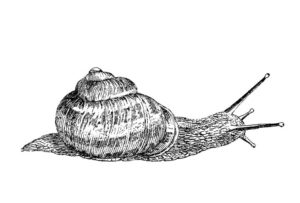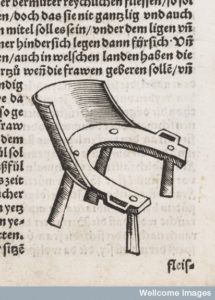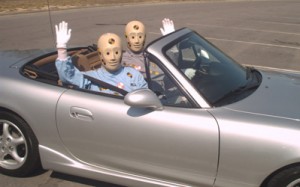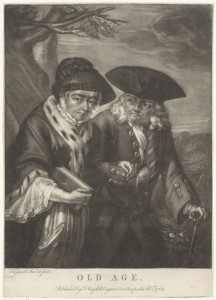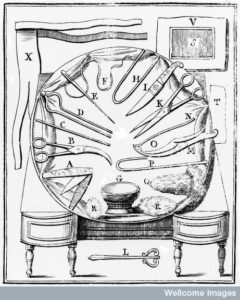
The Countess Margaret of Henneberg and her 365 children.
On 19 May 1660 while waiting to escort Charles II back to England, diarist Samuel Pepys made a visit to Loosdiunen in Holland, close to The Hague where the exiled court resided. The reason was to see the place where a countess was reputed to have delivered 365 at one delivery. Pepys explains
After that by waggon to Lausdune, where the 365 children were born. We saw the hill where they say the house stood and sunk wherein the children were born. The basins wherein the male and female children were baptized do stand over a large table that hangs upon a wall, with the whole story of the thing in Dutch and Latin, beginning, “Margarita Herman Comitissa,” &c. The thing was done about 200 years ago.[1]
Pepys took the story at face value, albeit his dates were out since the incident is supposed to have happened in 1276.[3] In her chapter on how twins are conceived, midwife and author Jane Sharp was less convinced. Writing in 1671 she said that ‘the story of Margeret Countess of Holsteed, whose Tomb is said to be in a Monastery in Holland, is much lowder, to have had three hundred and sixty four living Infants born at a birth all living, & Christned. But to let this pass, and come to what we know’.[2] She returned to the story a few paragraphs later:
But that Story which I touched before, seems to me to be but a meer Romance, of Margaret Countess of Hennenberge,and sister to William King of the Romans, as some writers record; that when she was forty years old, she was delivered at one birth successively of as many children as there are daies in the year, namely three hundred sixty five, the one half boys and the other half girls, and the odd child was divided to both sexes, an Hermaphrodite, partly male, partly female and that the cause of this miracle was from a curse of her sister, some say a poor beggar woman at her door, laid upon her for her causeless jealousie; and farther it is constantly reported, that these children were all baptized living at the Church of Lardune in Holland near the Hague, and the boys were all called Johns, the girls Elizabeths; there were two Silver Basons that they were Christned in, and Guido the Suffragan of Utrecht keeps them for to shew to strangers, and one of these Basons, as it is reported, was brought for a present to King Charles the second, before he came from thence; and they say farther, that presently after they were baptized, the mother and all her children died. Some write of another Countess in Frederick the eleventh’s daies, who had five hundred boys at one birth (pp. 96-97)
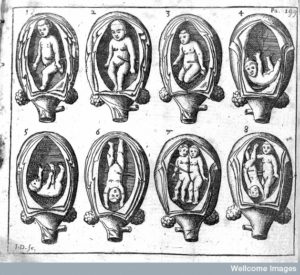
The cause of this multiple birth was a curse placed on the 40-year-old countess because ‘The haughty Countess had insulted a poor beggar woman carrying twins, since she believed that a pair of twins must have different fathers, and that their mother must be an adulteress. She was punished by God’.[3] Sharp’s account also provides the amusing detail that all the boys were christened John and the girls Elizabeth, which is certainly a practical response to giving birth to a whole school’s worth of children in a single delivery. In the tale, the countess and many of the children died soon after the delivery.
While Jane Sharp was sceptical about this story, writing that it was a ‘meer Romance’, it is clear from her and Pepys’s comments that the place where these births happened had become a tourist attraction, complete with signs much like we would expect in a modern visitors’ centre. In fact one of the basins and a memorial stone are still on display in the church at Loosdiunen.
_________________
[1] The Diary of Samuel Pepys, https://www.pepysdiary.com/diary/1660/05/19/
[2] Jane Sharp, The Midwives Book (London, 1671)
[3] J Bondeson and A Molenkamp, ‘The Countess of Margaret of Henneberg and her 365 children’ in Journal of the Royal Society of Medicine, 1996 Dec; 89(12): 711–716.
